We are pleased to announce that Dr. Yong Zhao and his team published a new clinical research manuscript in the International Journal of Molecular Sciences (ijms), titled “Increase in the Expression of Glucose Transporter 2 (GLUT2) on the Peripheral Blood Insulin-Producing Cells (PB-IPC) in Type 1 Diabetic Patients After Receiving Stem Cell Educator Therapy”.
Glucose as the main source of cellular energy enter cells through a group of membrane proteins designated glucose transporters (GLUT 1-12). GLUT2 is widely ex-pressed in central nervous system, liver, intestine, kidney, and pancreatic islet beta cells, contributing to glucose transport and glucose sensing. GLUT2 provides relatively high capability of transporting glucose through cellular membrane. Dr. Zhao’s previous studies characterized the peripheral blood insulin-producing cells (PB-IPC) from healthy donors with high potential to give rise to insulin-producing cells. PB-IPC displayed the molecular marker GLUT2. To improve the clinical efficacy of Stem Cell Educator therapy in the restoration of islet b-cell function, Dr. Zhao and his team explored the GLUT2 expression on PB-IPC in recent onset and longstanding T1D patients. In the FDA-approved phase 2 clinical studies, patients received one treatment with the Stem Cell Educator therapy. Peripheral blood mononuclear cells (PBMC) were isolated for flow cytometry analysis of PB-IPC and other immune markers before and post the treatment with Stem Cell Educator therapy. Flow cytometry revealed that both recent onset and longstanding T1D patients displayed very low levels of GLUT2 on PB-IPC. After the treatment with Stem Cell Educator therapy, the percentages of GLUT2+CD45RO+ PB-IPC were markedly increased in these T1D subjects. Notably, we found that T1D patients shared common clinical features with patients with other autoimmune and inflammation-associated diseases such as displaying low or no expression of GLUT2 on PB-IPC at baseline and exhibiting high profile of inflammatory cytokine IL-1b. Flow cytometry demonstrated that their GLUT2 expressions on PB-IPC were also markedly upregulated and the levels of IL-1b-positive cells were significantly downregulated after the treatment with Stem Cell Educator therapy.
Stem Cell Educator therapy could upregulate the GLUT2 expression on PB-IPC and restore their function in T1D patients, leading to the improvement of clinical outcomes. Clinical data demonstrated that T1D subjects markedly increased their C-peptide levels (a by-product of insulin production) relative their baseline levels in the 1st month post treatment with Stem Cell Educator therapy, with the improved sugar control and the reduction of HbA1C and total insulin dosages. Some of these T1D subjects stopped the external insulin. These clinical data advances current understanding about the molecular mechanisms underlying the Stem Cell Educator therapy, which can be expanded to treat patients with other autoimmune and inflammation-associated diseases.
